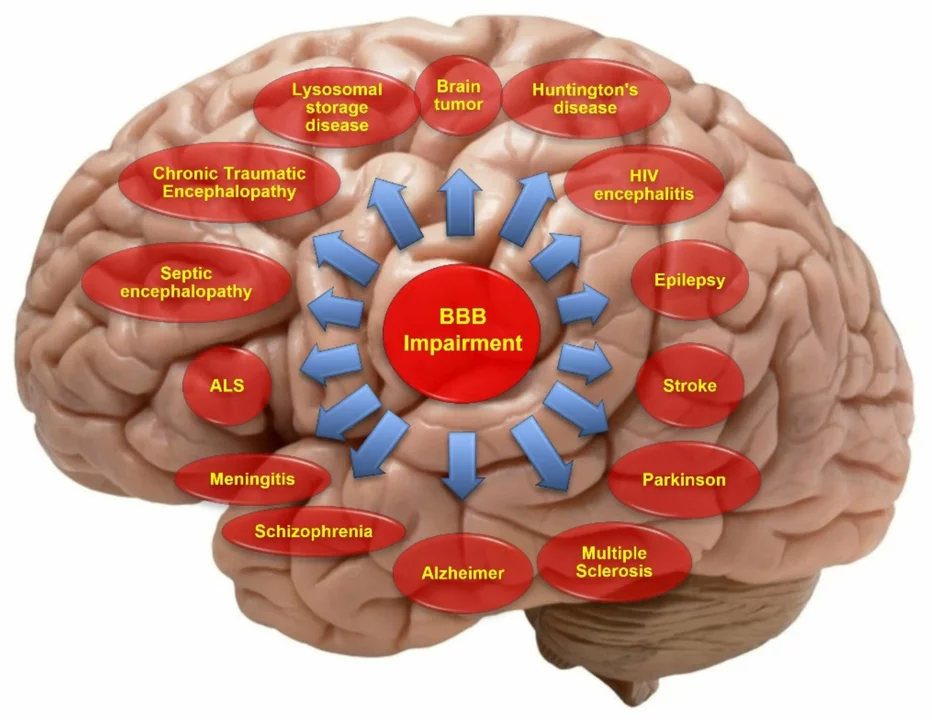Atomoxetine (Strattera): a non-stimulant option for ADHD
Unlike stimulant ADHD drugs, atomoxetine isn't a stimulant. That difference matters if you or a family member can't tolerate stimulants or worry about misuse. Atomoxetine works on norepinephrine in the brain and can help reduce inattention and impulsivity, often without the same sleep or appetite problems some people get from stimulants.
How atomoxetine works and who uses it
Atomoxetine blocks the reuptake of norepinephrine, which helps certain brain circuits run more smoothly. Doctors prescribe it for children, teens, and adults with ADHD. It's also chosen when someone has a history of substance misuse, anxiety triggered by stimulants, or when stimulants cause too many side effects.
Notice results differently than stimulants: some people see improvement in days, others take several weeks. That slower onset is normal. If you expect instant effects like with methylphenidate or amphetamines, you may be surprised.
How to take atomoxetine
Dosing varies by age and weight. Adults often start at a lower daily dose and move to a maintenance dose; kids usually get a weight-based dose. Follow your prescriber's exact plan. Take it the same time each day. Morning dosing helps avoid sleep trouble, but if it makes you sleepy, an evening dose may work better.
Atomoxetine is not a controlled substance, so there’s less concern about dependence. Still, don’t stop suddenly without talking to your prescriber — they’ll tell you the best way to change or stop treatment.
Also, tell your doctor about all medicines you take. Certain antidepressants and drugs that block CYP2D6 can raise atomoxetine levels. MAO inhibitors are a strict no—mixing them can be dangerous.
For people with liver problems, dose adjustments are often needed. Your doctor may check liver tests if you have symptoms like yellowing skin, dark urine, or unexplained tiredness.
Watch mood and behavior closely, especially in kids and teens. There's a small but real risk of increased suicidal thoughts early in treatment. If mood swings, worsening depression, or new suicidal thoughts appear, contact a clinician right away.
Common side effects include stomach upset, decreased appetite, sleep changes, dry mouth, and dizziness. Many side effects fade over a few weeks. If side effects are severe or persistent, ask your prescriber about switching dose or trying another treatment.
Quick safety checklist: avoid MAOIs, mention antidepressants, monitor blood pressure and heart rate if you have heart issues, and report mood changes fast. With the right follow-up, atomoxetine can be a steady, effective part of ADHD care.
If you want help understanding a prescription or tracking side effects, note symptoms in a simple daily log and bring it to your appointments. That makes conversations with your provider clearer and helps adjust treatment faster.

Atomoxetine and Sleep: Understanding Its Impact on Your Nightly Routine
- by Colin Edward Egan
- on 7 Jul 2024
This article delves into how Atomoxetine, a medication commonly used for ADHD, can influence your sleep patterns. It explores the science behind the drug's effects on rest, offers practical tips for managing potential sleep disturbances, and provides insights into maintaining a healthy sleep routine while on the medication.

The Role of Atomoxetine in Reducing Impulsivity
- by Colin Edward Egan
- on 27 Apr 2023
As a copywriter, I have come across an interesting topic about Atomoxetine and its role in reducing impulsivity. From what I've gathered, Atomoxetine is a non-stimulant medication used to treat ADHD. It's been shown to improve attention and focus while reducing impulsive behaviors. This medication can be a game-changer for individuals struggling with impulsivity, as it helps them gain better control over their actions. Overall, Atomoxetine plays a crucial role in managing ADHD symptoms and improving the quality of life for those affected by it.
